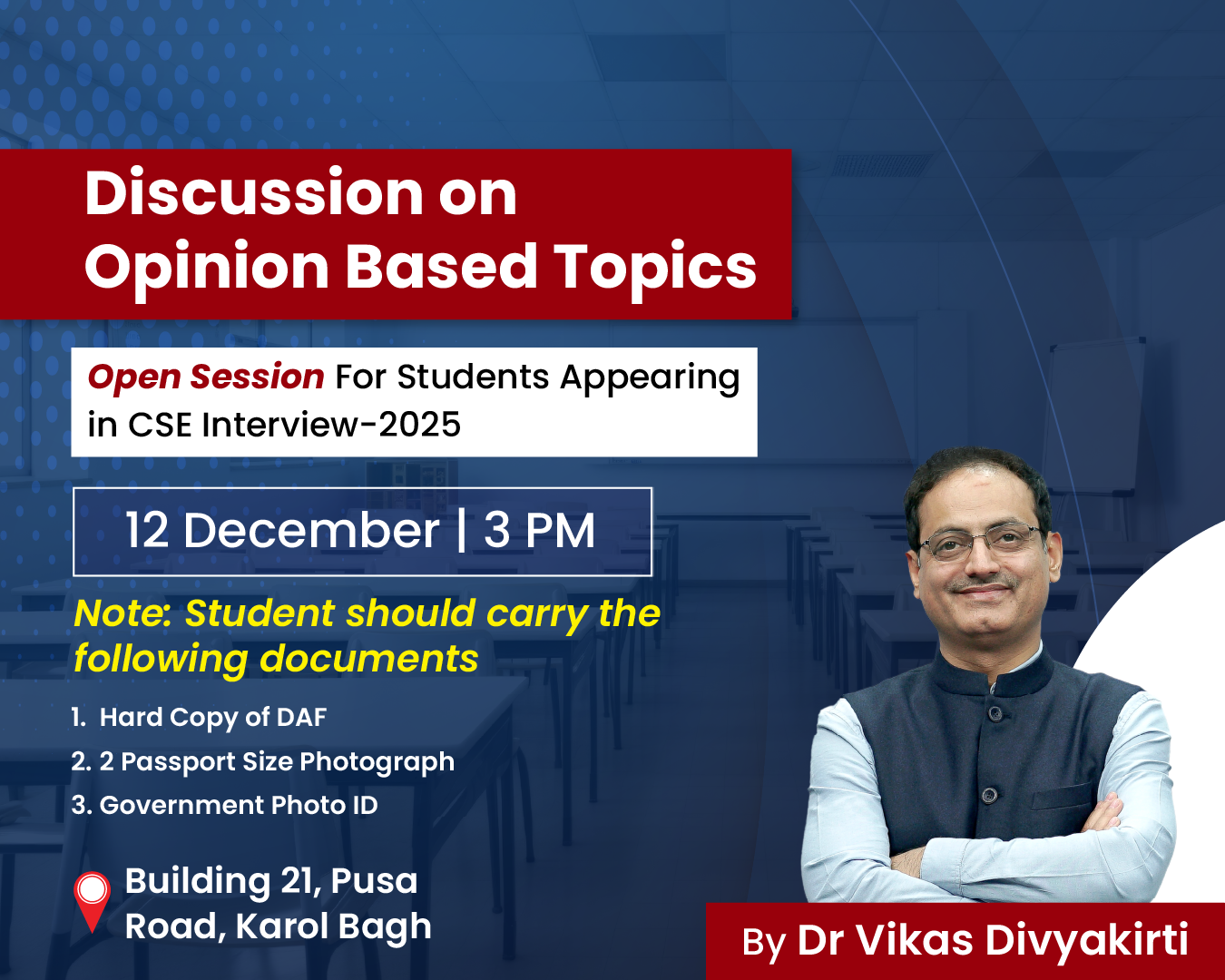-
20 Jun 2025
GS Paper 1
History
Day 5: Analyze the role of superpower rivalry in prolonging the Vietnam War. What were its long-term socio-economic impacts on Southeast Asia? (250 words)
Approach
- Introduce the Vietnam War as a Cold War-era proxy conflict.
- Highlight the role of superpower rivalry in prolonging the war.
- Mention its long-term socio-economic impacts on Southeast Asia.
- Conclude with a scholarly observation.
Introduction :
The Vietnam War (1955–1975) began as a nationalist struggle between North and South Vietnam but soon escalated into a major Cold War proxy conflict. The intense rivalry between the United States and the Soviet Union (along with China) not only prolonged the war but also transformed Southeast Asia’s political and economic landscape for decades.
Body:
Superpower Rivalry and the Prolongation of War
- American Containment Policy:
- The U.S. entered Vietnam under the influence of the Domino Theory, fearing that a communist victory in Vietnam would trigger a regional collapse of non-communist regimes.
- This led to extensive U.S. involvement, with over 500,000 troops deployed by 1969 and massive military operations, including Operation Rolling Thunder and the Tet Offensive.
- Soviet and Chinese Support for North Vietnam:
- The USSR and China, motivated by the desire to expand communist influence and counter U.S. dominance, provided critical support to North Vietnam.
- The Soviet Union sent SAM missiles, fighter jets, and economic aid, while China deployed hundreds of thousands of support troops and logistics.
- Proxy War Dynamics:
- The Vietnam War became a battleground for ideological assertion—capitalist democracy versus communism.
- The steady flow of external support allowed both sides to sustain long-term military campaigns, turning a local civil conflict into a global ideological confrontation.
- Stalemate and Escalation:
- The rival superpowers’ unwillingness to let their proxies fail created a deadlock.
- Peace negotiations repeatedly failed as neither side could afford a political defeat, leading to prolonged warfare and greater devastation.
Long-term Socio-Economic Impacts on Southeast Asia
- Massive Human and Environmental Costs:
- Over 3 million Vietnamese died in the conflict, along with hundreds of thousands in Laos and Cambodia due to U.S. bombings.
- Chemical defoliants like Agent Orange caused long-term environmental damage and health crises.
- Economic Devastation:
- Vietnam’s infrastructure, agriculture, and industry were left in ruins. Economic recovery was delayed until the Đổi Mới (economic reforms) in 1986.
- Laos and Cambodia similarly faced stagnation due to war and subsequent regimes.
- Refugee Crisis:
- The war triggered a mass exodus of refugees—over 1.5 million people—including the infamous "boat people", who fled to Thailand, Malaysia, and Indonesia, creating humanitarian and political challenges for the region.
- Rise of Authoritarian Regimes:
- The power vacuum after the U.S. withdrawal enabled the rise of the Khmer Rouge in Cambodia, leading to genocide (1975–79), and the establishment of communist regimes in Laos and Vietnam.
- Regional Realignment:
- The war’s aftermath catalyzed the strengthening of ASEAN as a regional grouping to preserve neutrality and contain ideological conflict. The U.S., meanwhile, adopted a more cautious foreign policy known as the "Vietnam Syndrome".
Conclusion
As historian Gabriel Kolko observed, “Vietnam was the terrain where Cold War fantasies collided with colonial realities.” Its human and socio-economic costs scarred Southeast Asia deeply, delaying its post-colonial recovery and shaping its regional diplomacy for decades.





